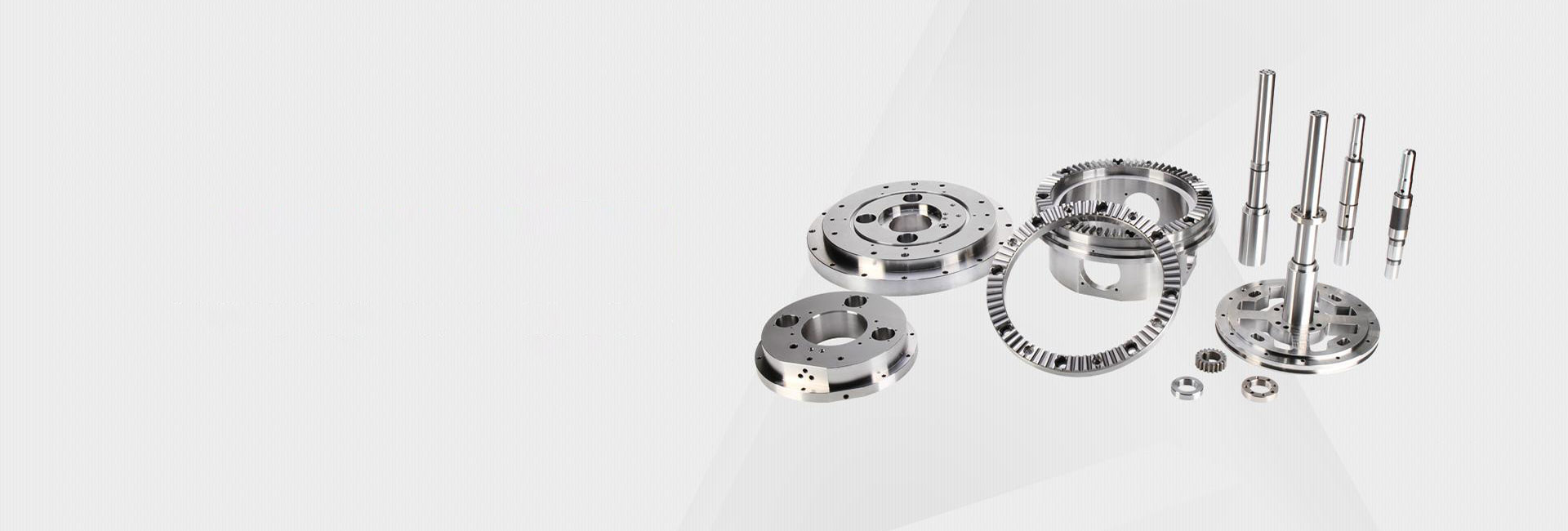Welke tolerantie kunt u bereiken met CNC Bar Machining? Een praktische gids
Hallo daar, collega-ingenieurs en inkoopprofessionals! 👋 Ooit merkte je dat je naar een technische tekening staarde en je afvroeg of je CNC-staafbewerkingsleverancier dat kan actually hit those tiny tolerance numbers? You're not alone. I've been in those meetings where everyone nods, but deep down, there's that nagging question: "What's realistically achievable?" Let's cut through the marketing fluff and talk real numbers. 🤔
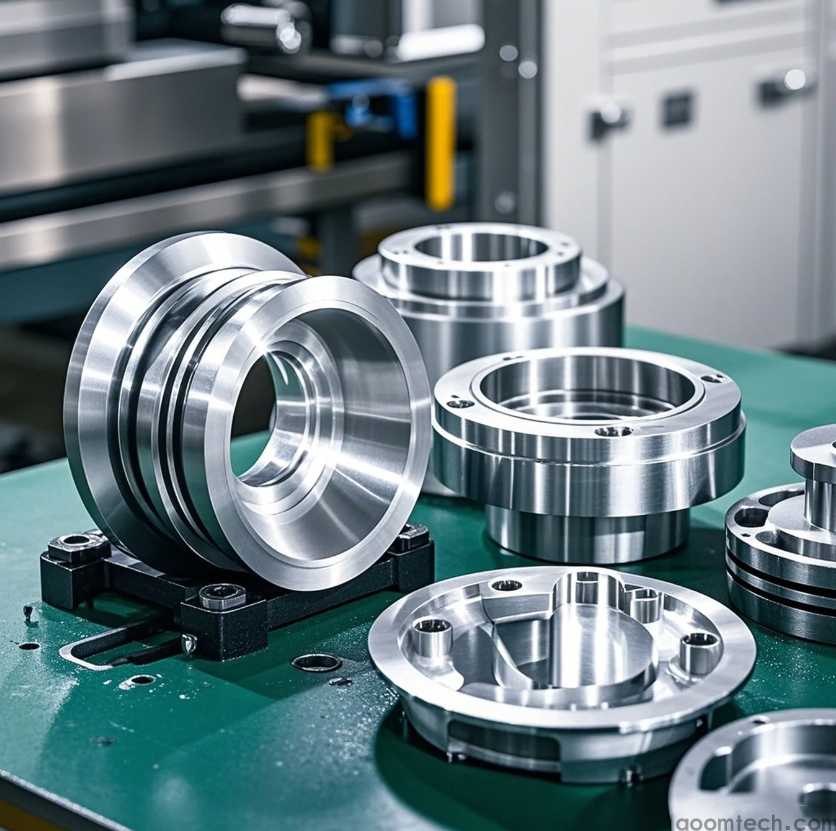
Dus, wat is de echte deal met CNC Bar-bewerkingsnauwkeurigheid?
Laten we eerst de grote vraag beantwoorden. Voor de meeste standaard CNC-staafbewerkingen kunt u over het algemeen toleranties verwachten ±.025 mm to ±.05 mm (±.001" to ±.002"). That's about the thickness of a human hair! But—and this is a big but—this isn't a guarantee for every single part. It depends on a whole bunch of factors that we'll dig into next. I've seen shops consistently hit these numbers on aluminum and brass, but when it comes to some tricky plastics or super-alloys, the story can change.
Welke factoren knoeien eigenlijk met uw bewerkingsprecisie?
Het gaat nooit alleen om de machine. Hier zijn de gebruikelijke verdachten die je tolerantiedoelen kunnen maken of breken:
✅ The Material Itself: Some materials are just easier to work with. Aluminum is pretty forgiving and stable, making it a dream for tight tolerances. But something like stainless steel? It can be a bit of a diva, moving around with heat and stress. The exact way different alloys behave under the cutting tool is something I'm still wrapping my head around.
✅ Machine Condition and Age: A brand-new, high-end Swiss-type lathe is a precision beast. An older, worn-out machine might struggle. It's that simple.
✅ The Length of the Part: This is a big one that often gets overlooked. Trying to hold a tight tolerance on a long, skinny bar? That's much harder than on a short, stubby part. Vibration and deflection become your enemies.

Hoe kunt u uw leverancier helpen die strengere toleranties te bereiken?
Geloof het of niet, jij hebt ook een rol te spelen! Hier is hoe u uw project kunt opzetten voor succes:
🔧 Be Smart with Your Tolerances: Don't just call out super tight tolerances everywhere on the drawing. I always ask my team, "Does this surface really need to be that precise?" Only apply tight tolerances to critical features. This saves cost and headache.
🔧 Talk to Your Machinist Early: Get their input during the design phase. They might suggest a small change that makes the part much easier and cheaper to machine accurately.
🔧 Choose the Right Material: If high precision is your goal, maybe an aluminum grade is a better bet than that specific stainless steel you had in mind. Discuss the options.

Is "meer precisie" altijd het juiste antwoord?
Hier is mijn twee cent, van het zien van honderden projecten. Het najagen van de absoluut strakste tolerantie is vaak een valstrik. 🤯 De kosten stijgen niet lineair; het gaat omhoog als een hockeystick. Die laatste 0,01 mm precisie kan uw deelkosten verdubbelen. Je moet vragen: What does the function of the part actually require? Sometimes, "good enough" is not just good enough—it's the smartest business decision. Perfection can be the enemy of profitability.
Dat gezegd hebbende, voor kritieke componenten in de ruimtevaart of medische apparaten is die extreme precisie niet onderhandelbaar. Maar voor veel algemene toepassingen is het misschien overdreven. De echte vaardigheid zit in het kennen van het verschil.
Uit mijn ervaring komen de beste resultaten uit een partnerschap. Het gaat niet alleen om het pushen van een leverancier voor de laagste prijs en de hoogste precisie. Het gaat om duidelijke communicatie, realistische verwachtingen en het begrijpen van de afwegingen. Ik heb gemerkt dat openhartig zijn over uw budget en prestatiebehoeften leidt tot een veel soepeler proces en een beter eindproduct. 🚀 Gewoon iets om over na te denken voor uw volgende project.
 Uw gids voor CNC-bewerking met hoge precisie in kleine batch
Uw gids voor CNC-bewerking met hoge precisie in kleine batch
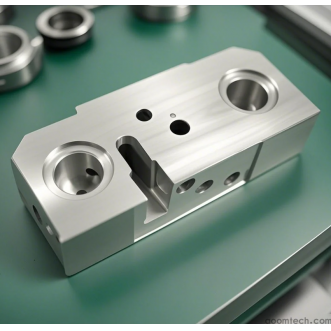 Kleine CNC-bewerking van onderdelen met hoge precisie: belan
Kleine CNC-bewerking van onderdelen met hoge precisie: belan
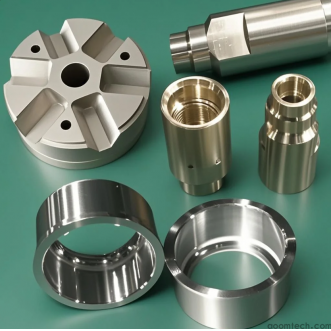 Welke factoren beïnvloeden de CNC-bewerkingskosten met hoge
Welke factoren beïnvloeden de CNC-bewerkingskosten met hoge
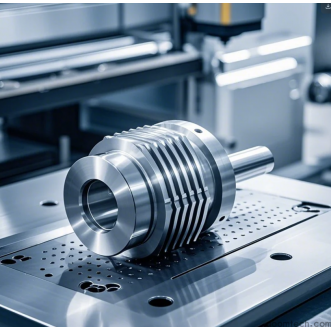 Wat kunnen CNC Precision Machining Products worden gebruikt?
Wat kunnen CNC Precision Machining Products worden gebruikt?


